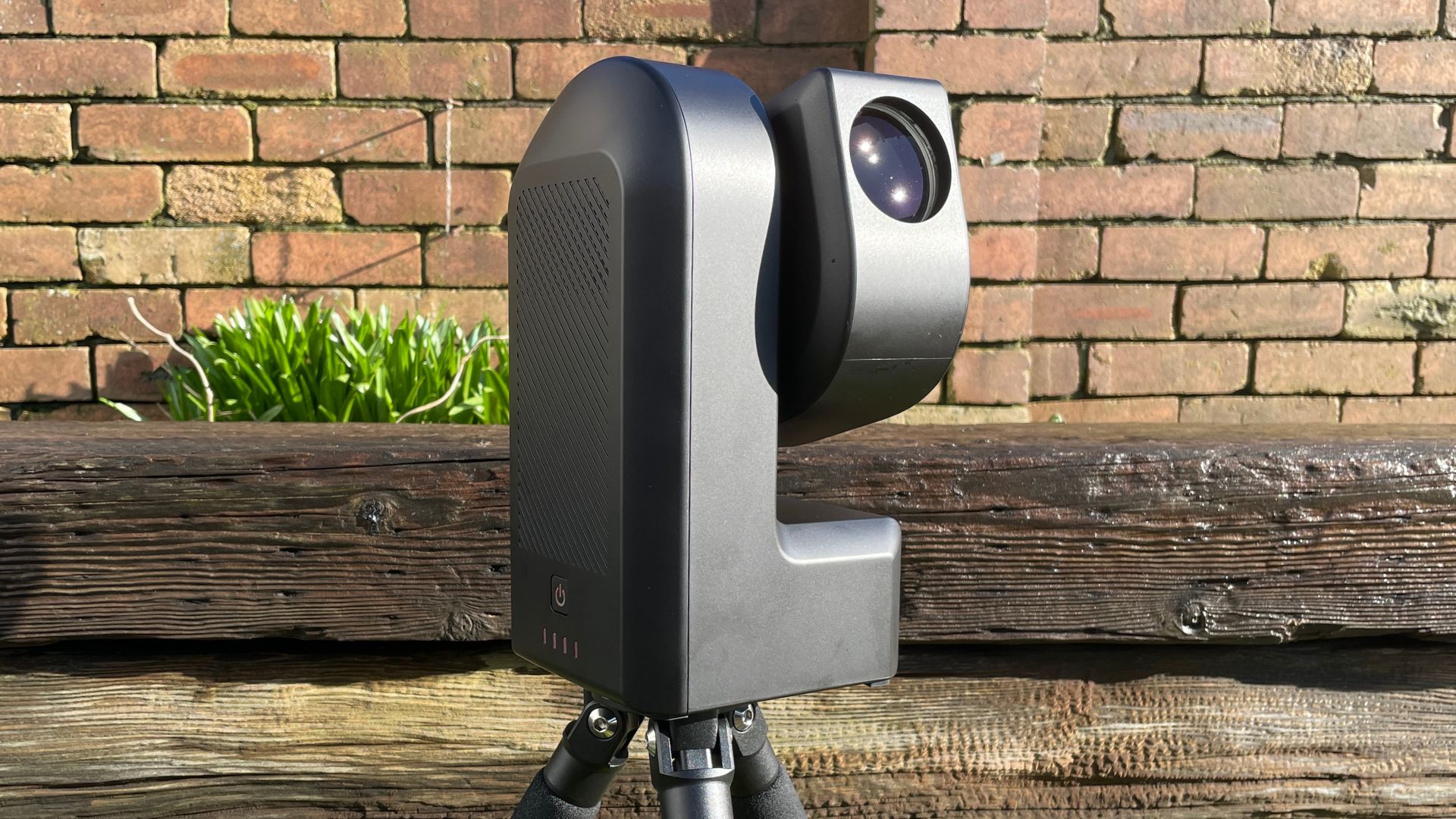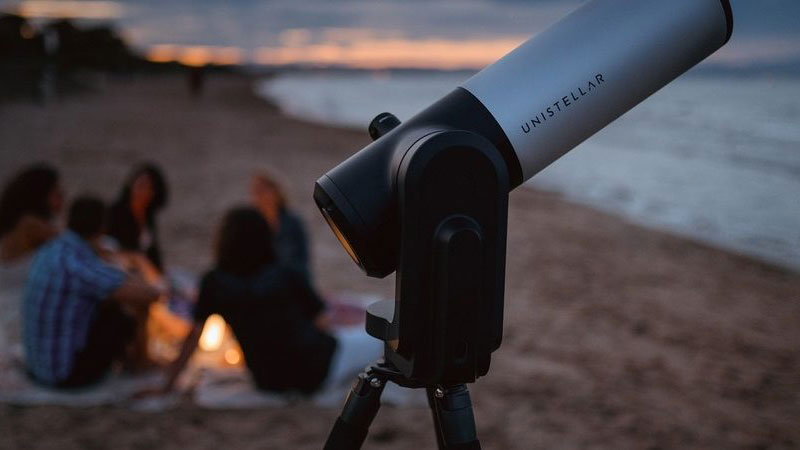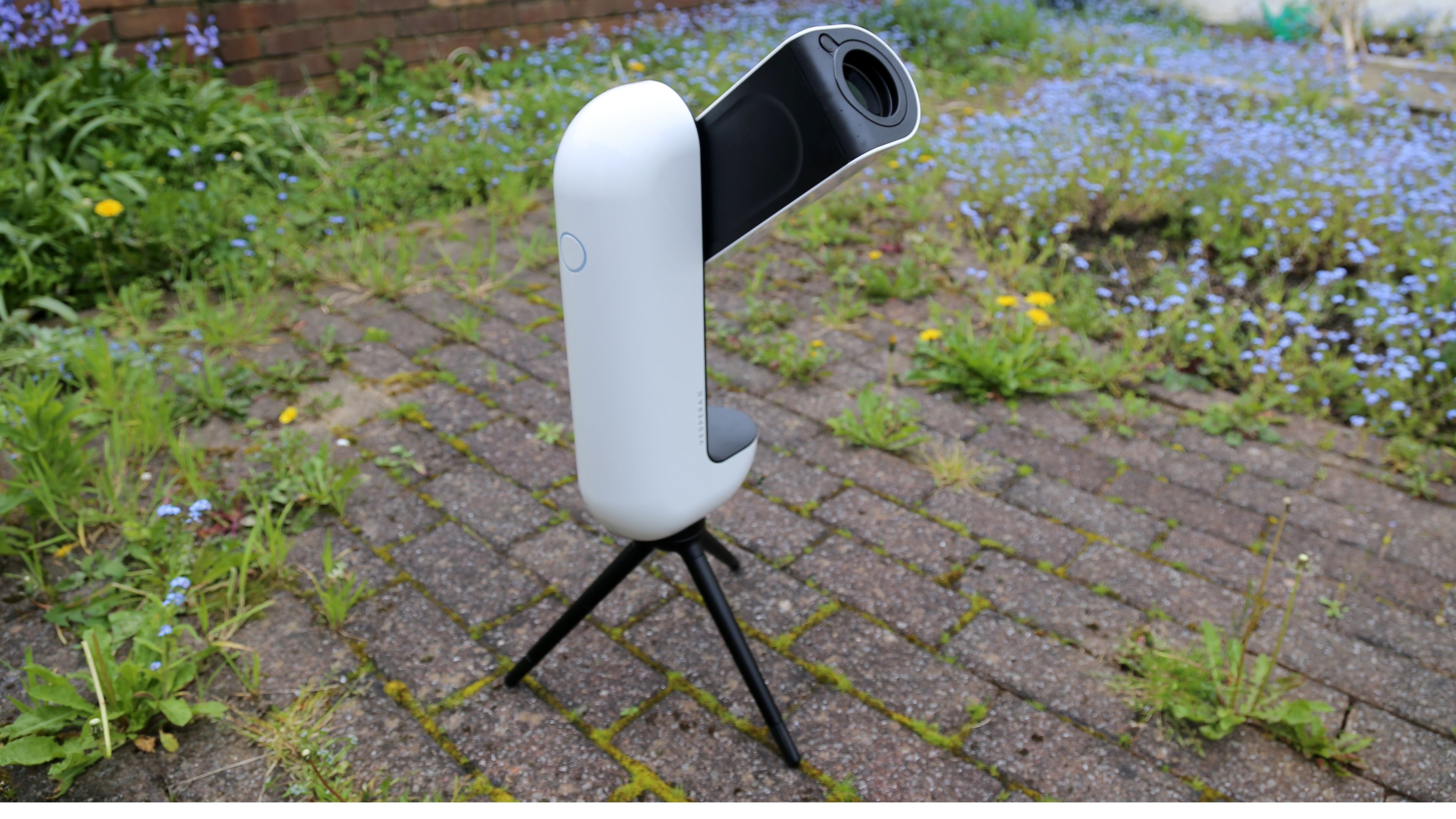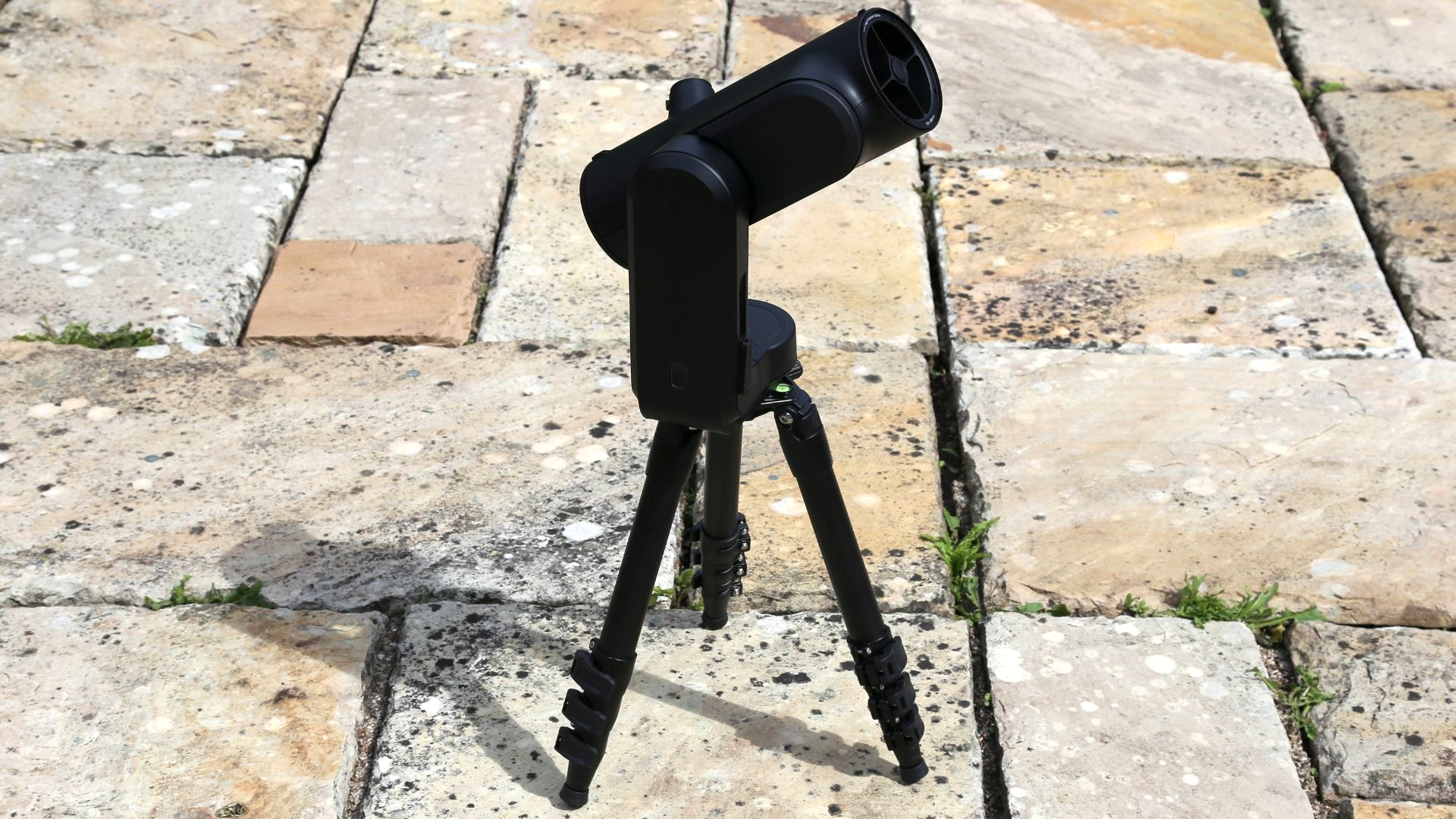The best smart telescopes in 2025: view the night sky via the screen of your phone or tablet
The best smart telescopes make it easy to observe and photograph faint deep sky objects even from cities
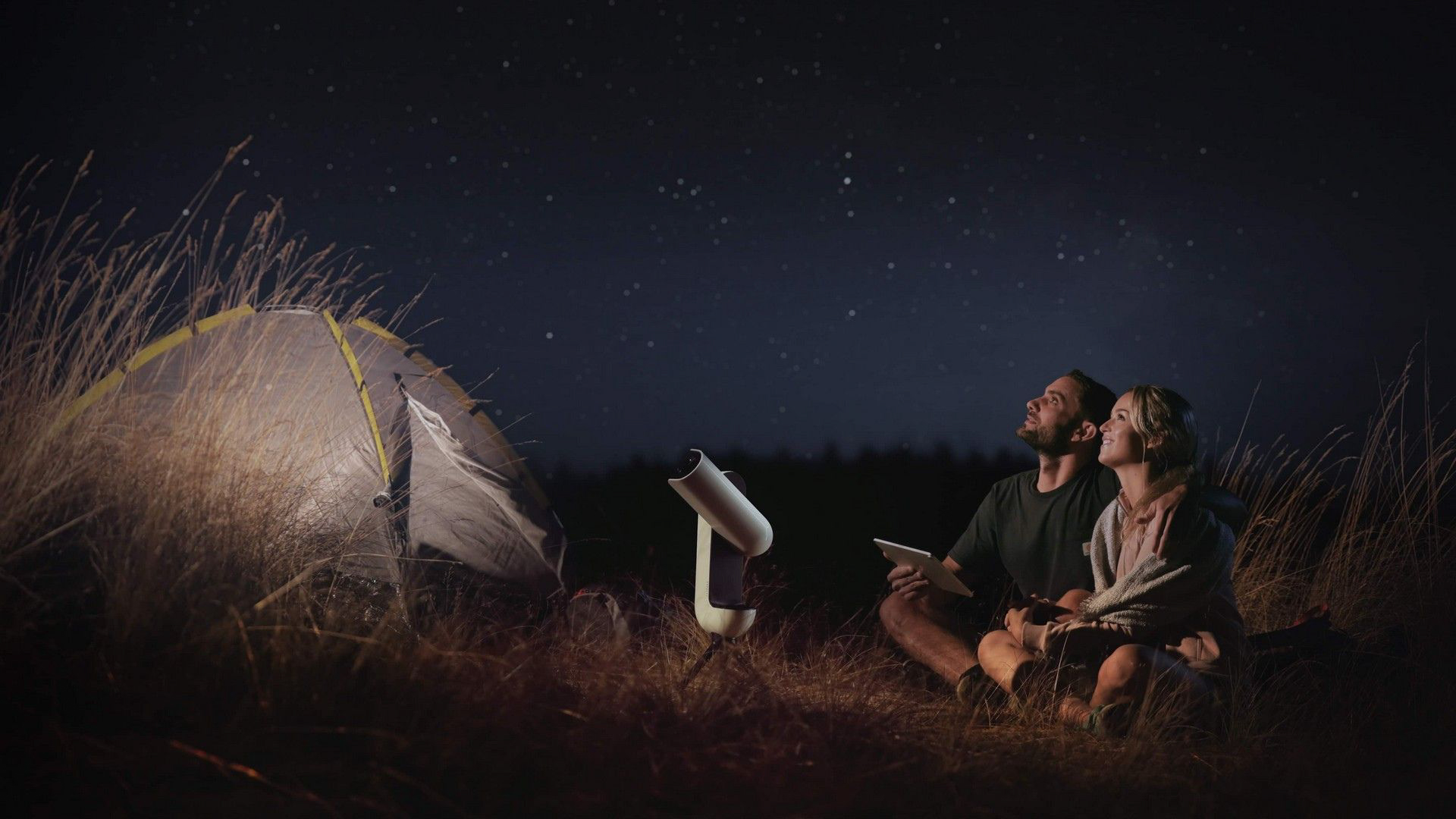
Smart telescopes are revolutionizing how we observe the night sky — offering app-controlled, automated stargazing without the steep learning curve. These modern telescopes have built-in cameras, so you don't have to peer through an eyepiece - you look at a live image on the screen of your phone or tablet. As the connection between the telescope is wireless, you don't even need to stay outside to explore the night sky!
Whether you’re a beginner or an enthusiast, this guide highlights the best options to get into astrophotography and astronomy with ease. We've found and reviewed all the best smart telescopes available, testing them all to bring you the most accurate buying recommendations for your needs.
Unlike some of the best telescopes for astrophotography, smart telescopes are easy for beginners to use. They use cutting-edge astrophotography techniques to locate faint objects in the night sky and then take long exposure images of them, stacking one on top of the other to remove noise, battle light pollution, and improve the image quality. The result? Colorful images of deep-sky objects like galaxies and nebulae that are next to impossible to see with even high-powered optical telescopes.
Our Top Picks
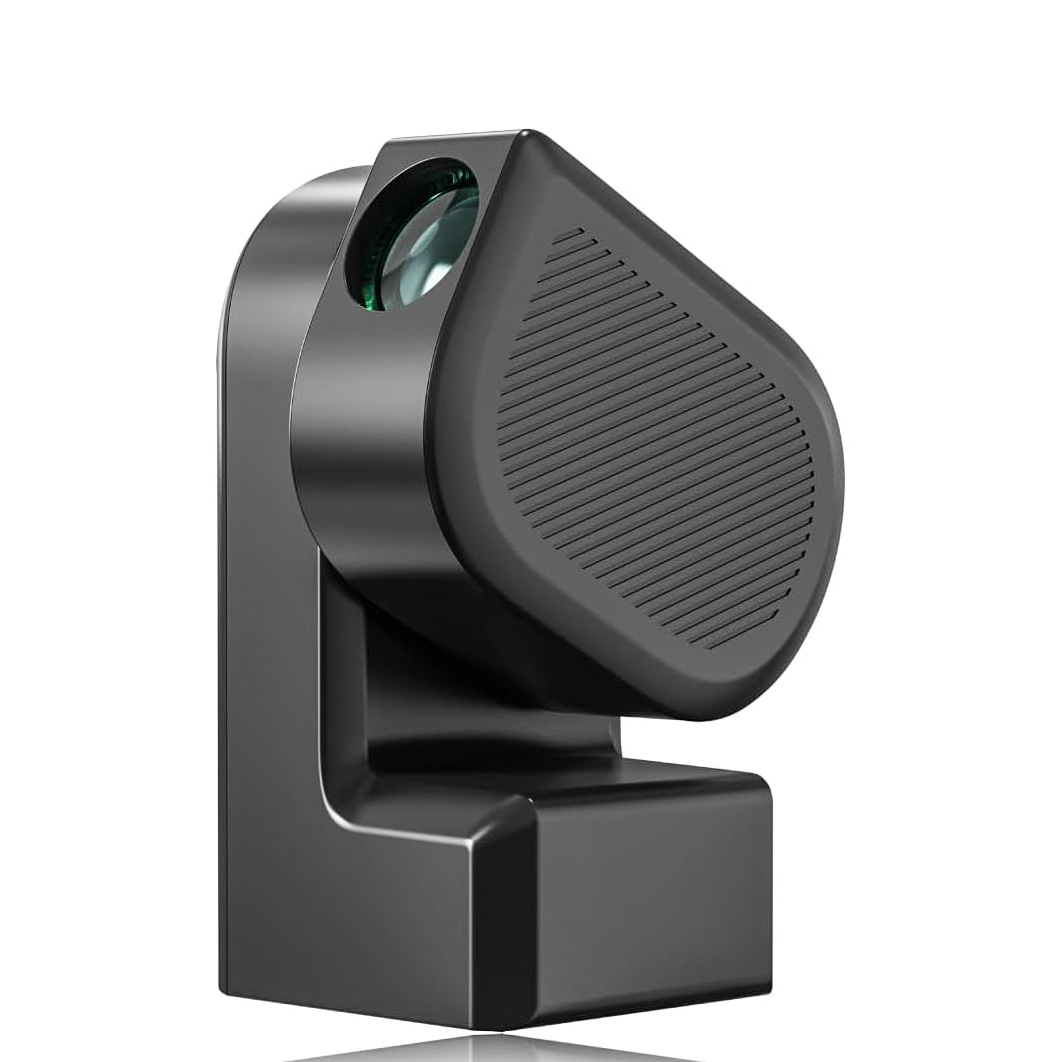
If you want the trade-off between price, portability and quality, this is the smart telescope to get. The resolution is limited - but we found it performed well and was easy to use.
Read more below
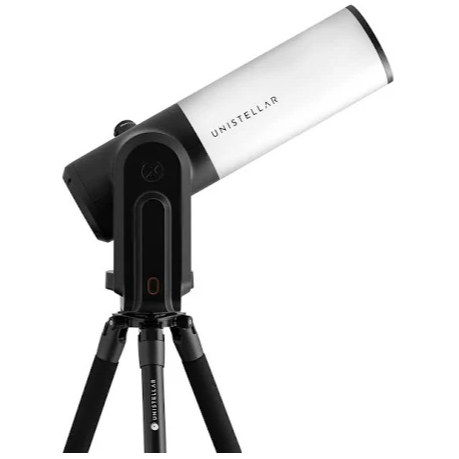
Those after the best possible image quality from a smart telescope, should invest in this high-quality product, which comes complete with the eyepiece.
Read more below
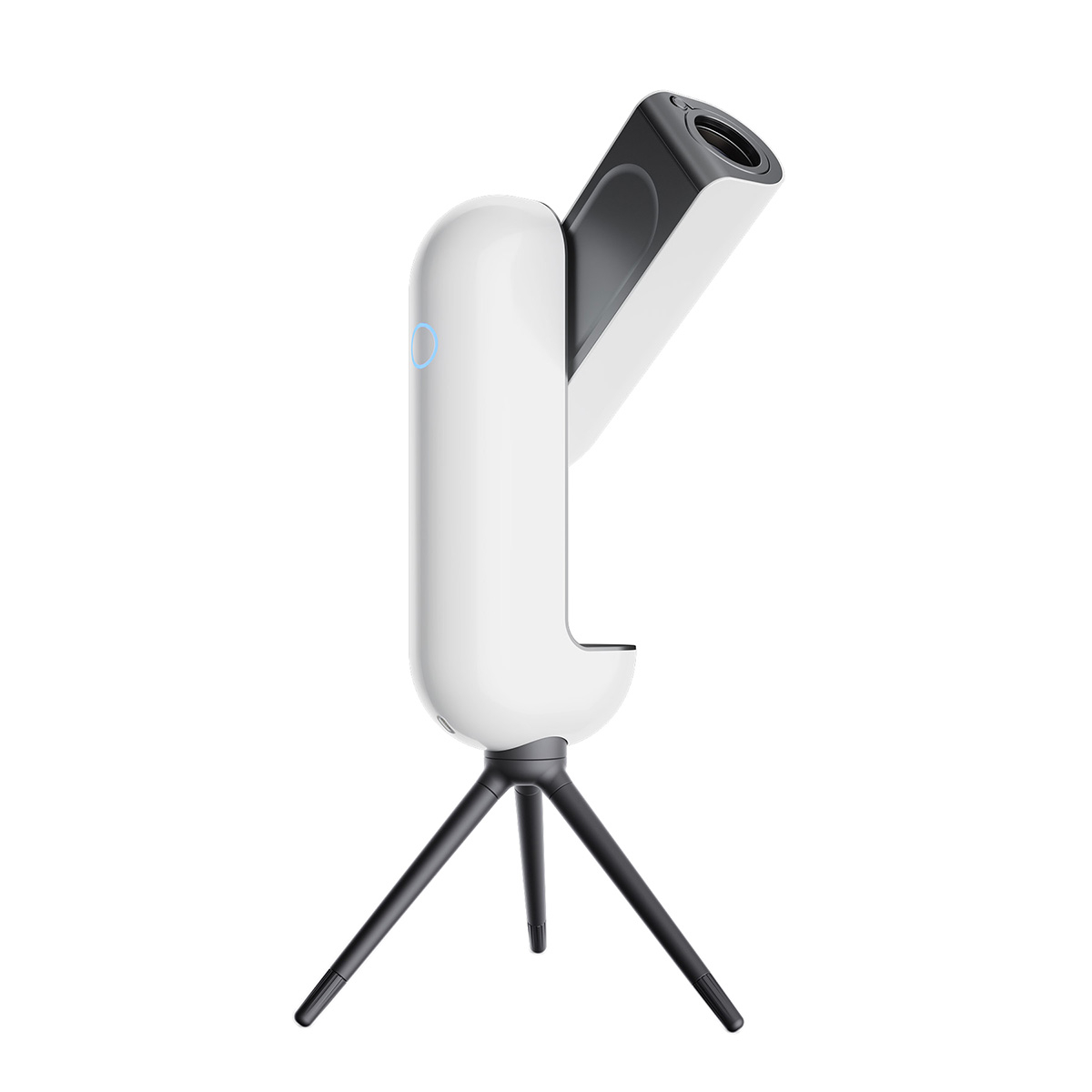
Easy to use set up and with excellent build quality, this smart telescope has a brilliant app to make the deep sky a joy to explore.
Read more below
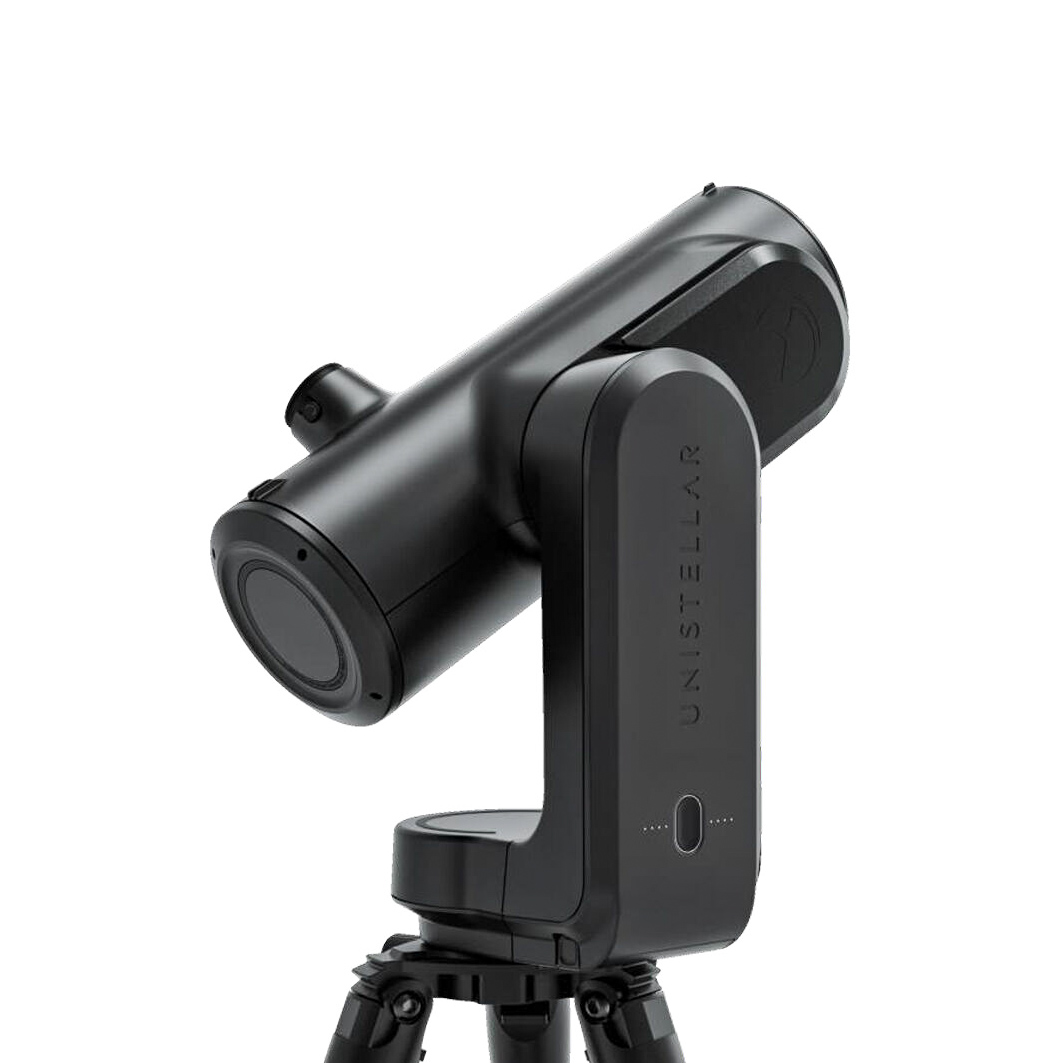
A statement design and a Nikon-made digital eyepiece make this a standout smart telescope that's ideal for use around the home.
Read more below
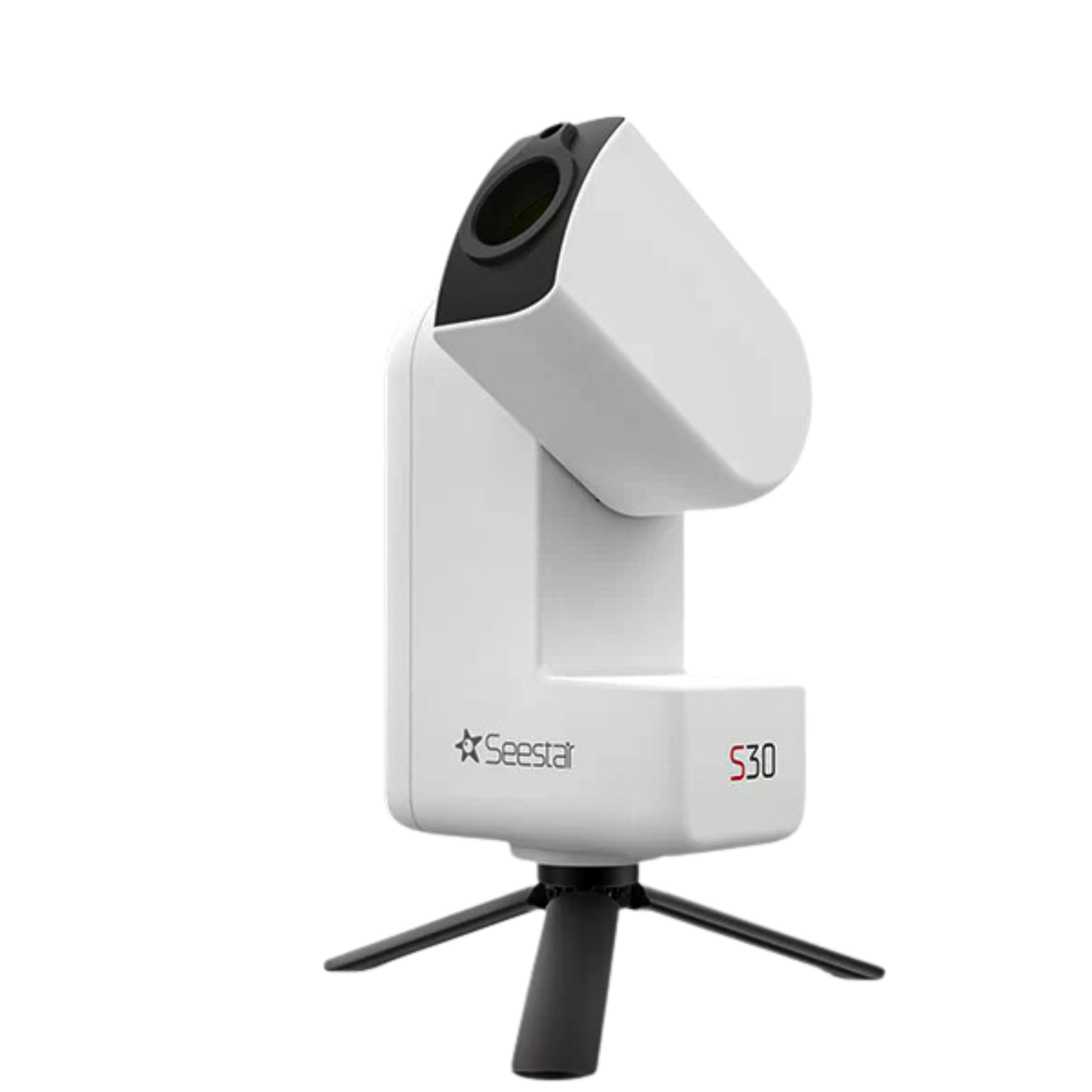
This is the most affordable smart telescope on the market, making small version of the S50 is hard to beat if you are on a limited budget.
Read more below
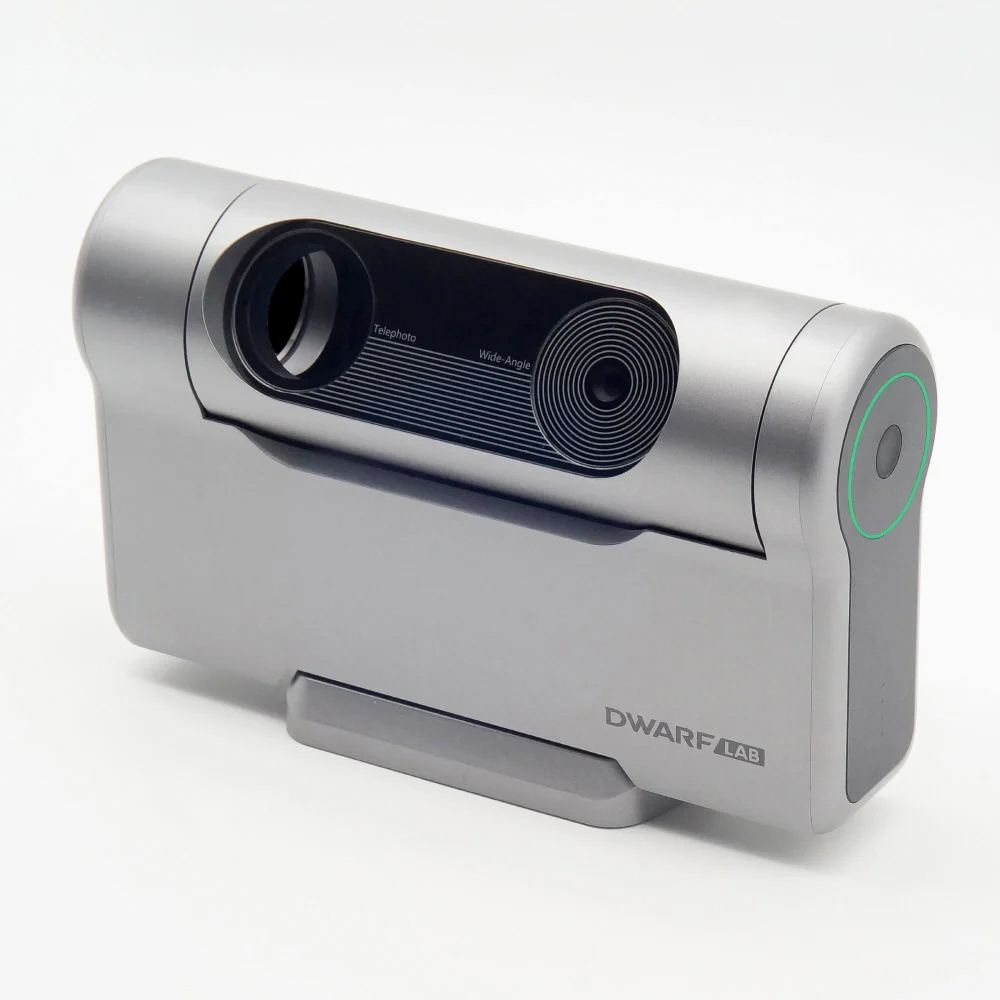
Incredible ease of use and a very portable, lightweight design make this smart telescope perfect for carrying around in a backpacks.
Read more below
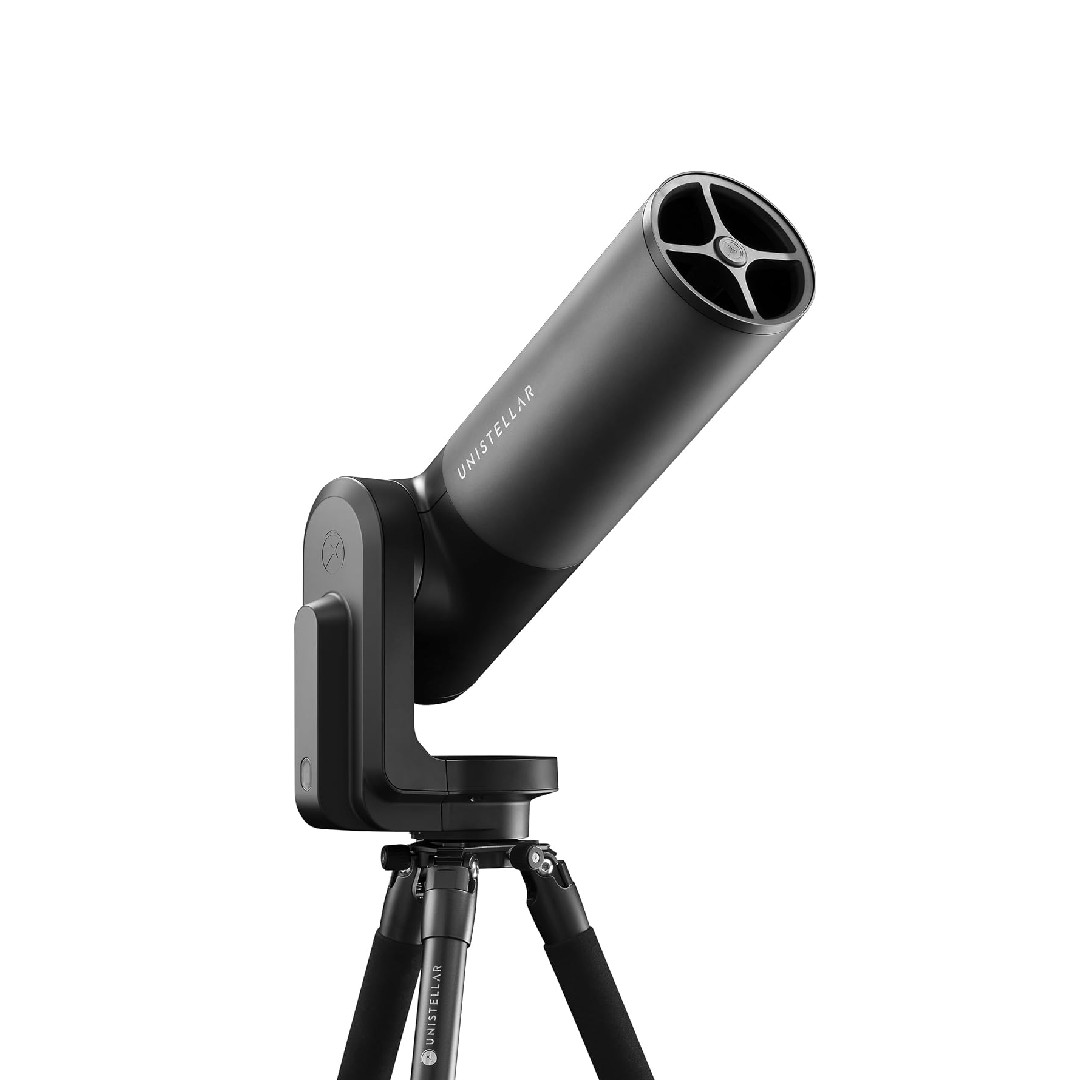
This mid-range smart telescope is the one to go for if you fancy getting involved in organized observing campaigns for comets and more with other Unistellar users.
Read more below

Jamie is Digital Camera World's astrophotography specialist. As the editor for www.WhenIsTheNextEclipse.com, he has a wealth of enthusiasm and expertise for all things astrophotography, from capturing the Perseid Meteor Shower, lunar eclipses and ring of fire eclipses, photographing the moon and blood moon and more. He has personally tested all the smart telescopes in this guide.
The best smart telescopes
Why you can trust Digital Camera World
Best overall
Specifications
Reasons to buy
Reasons to avoid
The Seestar S50’s arrival in 2023 slashed the entry cost to get a smart telescope by a huge margin. A couple of years later, it’s still the standout, bringing effortless astronomy to a greater number of people in a great value package. It needs to be taken seriously, too; its manufacturer, ZWO, is one of the most respected names in the specialist world of professional telescope cameras.
There are limitations, however, with one of the most obvious being the camera's maximum 2MP resolution. You are also limited to portrait-format images. There is no eyepiece either, but that’s is less of an obstacle as the point of this telescope is that you control and view the night sky from the connected app on your smartphone (or tablet).
In our tests, we were impressed with the results you got for the price. A big bonus is that the software allows it to give you decent results even in places with noticeable light pollution — and we also found it worked well in daylight for observing the sun
Read our full ZWO Seestar S50 smart telescope review.
Best for images
Specifications
Reasons to buy
Reasons to avoid
The eVscope 2 offers some of the most advanced features available in a smart telescope today. It may ship with an excellent quality backpack for taking to dark skies, but the eVscope 2 copes brilliantly with urban light pollution. Its Enhanced Vision (EV) images of faint galaxies, nebulae and star clusters can be viewed in the Unistellar app and shared as a PNG file complete with some basic information about the target. A 4.5-inch reflector telescope with a Sony IMX347 image sensor, eVscope 2 has 64MB storage and a 12-hour battery.
Unusually, the eVscope 2 has an electronic eyepiece. Made by Nikon, its micro OLED tech provides crisp, contrasty views of night sky objects with plenty of eye relief for glasses-wearers. It helps eVscope 2 bridge the gap between traditional observing and gives users a reason to be outside, but it also makes it easier to focus on the optics. Since it’s a reflector telescope, it will occasionally need collimating.
Read our full Unistellar eVscope 2 review.
Best for beginners
Specifications
Reasons to buy
Reasons to avoid
The Vaonis Vespera II is a brilliant mid-priced smart telescope option. There’s no eyepiece, but everything else is an optional add-on. It’s possible to add an excellent backpack, a light pollution filter, a dual-band filter (for better capturing faint nebulae), a solar filter, and even a hygrometer sensor for humidity data.
The first thing that needs upgrading is its tripod, which is a tiny tabletop affair, though it can be mounted on any decent photographic tripod. Its battery lasts just four hours, which is a shame, but it can be topped up using any portable smartphone battery.
The Vespera II improves significantly on the original Vaonis Vespera in terms of resolution, boasting an 8.3 MP sensor that can produce 24MP images using its Live Mosaic mode. It gets wonderful images from cities – even without the light pollution filter – and it’s possible to export them as raw TIFF and FITS files for post-processing (though only via WiFi and a browser). It doesn’t need focusing or collimation. As an introduction to the world of smart telescoping, the Vespera is hard to beat — it’s just so easy to use.
Also consider the very similar, but more expensive, Vaonis Vespera Pro which offers a higher resolution and a longer-lasting battery.
Read our full Vaonis Vespera II review.
Best for design
Specifications
Reasons to buy
Reasons to avoid
The Odyssey Pro is a simplified version of the Unistellar eVscope 2. Again, it has the advantage over other smart telescopes in that it can be used like a traditional telescope - as it has a Nikon-designed digital eyepiece, so you are not completely dependent on using your cellphone or tablet to see the night sky. This model is cheaper and lighter, though - and for that, you do sacrifice some resolution. However, its 4.2MP sensor was still capable of producing some great images in our tests - even in areas with significant light pollution.
Read our full Unistellar Odyssey Pro review
Best for price
Specifications
Reasons to buy
Reasons to avoid
The Seestar S30 is a compact, beginner-friendly smart telescope that brings deep-sky astrophotography within reach of anyone thanks to its low price. Controlled via an intuitive app, it auto-aligns, tracks and stacks images with ease. Its dual-lens system handles both solar, lunar and deep sky targets, and the framing mode captures stunning wide-field mosaics.
While limited in resolution and planetary detail, its portability, built-in filters, and powerful Sony sensor deliver impressive results for its size and price. With a travel-ready form, magnetic solar filter, and smart automation, the S30 is an excellent tool for photographers wanting to capture the cosmos without the cost, the bulk or the learning curve.
See our full ZWO Seestar S30 review
Best for portability
Specifications
Reasons to buy
Reasons to avoid
The Dwarf 3 is a compact, well-built smart telescope designed for portability and ease of use. About the size of a hardback book, it fits easily in a camera bag, though it demands some kind of tripod — and there isn't one included in the box.
It's got two lenses, one wide-angle for locating objects (such as the sun and moon, though it auto-tracks them once in the field of view) and one telephoto for close-ups.
Beginner-friendly, its app is easy to use, and it excels at solar, lunar and deep-sky photography. Its app offers guided tracking, sky atlas navigation, and manual control, including FITS file export and EQ mode, though its default mode will suit users of all abilities. Its magnetic solar filter is a nice touch, but its lack of a tripod may put it behind the competition for those who don't own a suitable support already.
Read our full Dwarflab Dwarf 3 smart telescope review
Best for science
Specifications
Reasons to buy
Reasons to avoid
The eQuinox 2 is a lower-cost alternative to our top-rated Unistellar eVscope 2 — with the main difference being that this smart telescope doesn't have a built-in electronic viewfinder. As such, you need to view the night sky exclusively through your phone or tablet via a WiFi connection.
The resolution has also slightly decreased, but its 6.2MP sensor still ensures that it gives you better image quality than some earlier smart telescopes.
What impressed us most about the eQuinox 2 in our test is its ease of use. Once set up on its motorized tripod, the Unistellar app effortlessly allows you to locate any one of thousands of objects — and even take part in organized citizen science observing campaigns for comets, exoplanets and more. We did find that you do need to wait until you have a completely dark sky to get the best results for the setup - but we love that once it is set up and running, you can sit inside (or in your car) and control the telescope (which is very welcome on a cold winter's night!).
Read our full Unistellar eQuinox 2 review.
Common questions
What is collimating?
Telescope mirrors and lenses need to be aligned to give a nice, sharp image. The process of getting them aligned is known as collimation – which you can think of as an essential step, like having to tune a guitar before you play it. Collimating is usually only essential with telescopes that have mirrors in them, such as reflectors or catadioptric telescopes.
A great way to see if collimation is the problem is to point the telescope at a bright star and adjust the focus so that the star is out of focus and showing as a big blob. Look closely and you will see a bright outer ring surrounding a dark central disc. If the dark disc is not in the center of the bright ring, then the optics are not aligned, and you need to collimate.
The steps to achieve this depend on the telescope you have, so check out the manual or find the guide for your telescope online (we've provided the relevant links above for the smart telescopes in this guide) – and you should then be able to get nice sharp images.
You might also like the best lenses for astrophotography and the best star tracker camera mounts. Check out our astrophotography tips while you're here.
The best camera deals, reviews, product advice, and unmissable photography news, direct to your inbox!

Jamie has been writing about photography, astronomy, astro-tourism and astrophotography for over 15 years, producing content for Forbes, Space.com, Live Science, Techradar, T3, BBC Wildlife, Science Focus, Sky & Telescope, BBC Sky At Night, South China Morning Post, The Guardian, The Telegraph and Travel+Leisure.
As the editor for When Is The Next Eclipse, he has a wealth of experience, expertise and enthusiasm for astrophotography, from capturing the moon and meteor showers to solar and lunar eclipses.
He also brings a great deal of knowledge on action cameras, 360 cameras, AI cameras, camera backpacks, telescopes, gimbals, tripods and all manner of photography equipment.
